
 |
Home | Annapurna References | Contact |
Annapurna Circuit Photo Galleries
Nar Phu Photo Galleries
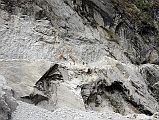
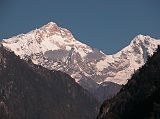
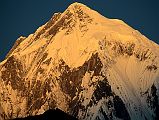
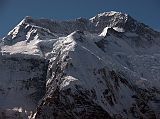
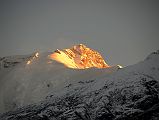
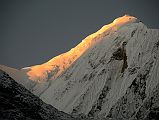

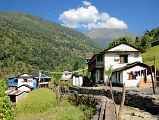
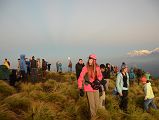
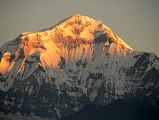
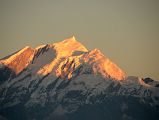
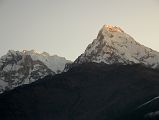
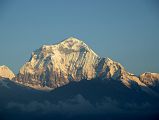
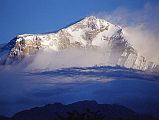
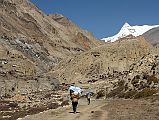

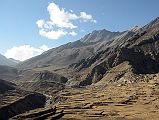
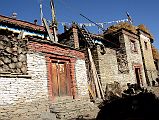
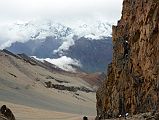
Annapurna Sanctuary Photo Galleries
Annapurna North Base Camp Photo Galleries
Tilicho Tal Lake Photo Galleries
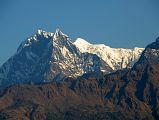
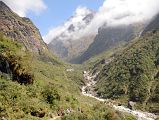
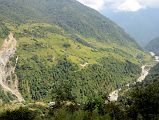
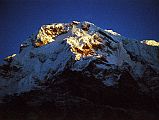
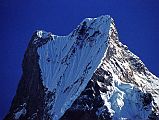

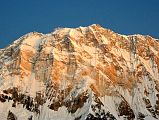
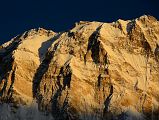

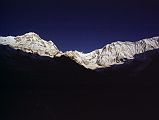
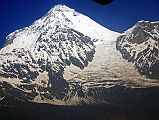
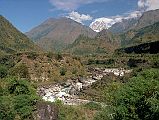

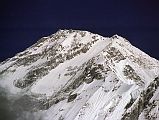
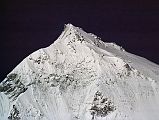
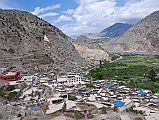
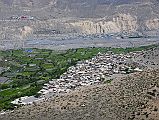
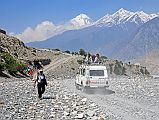
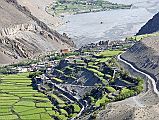
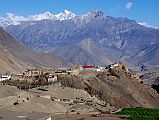
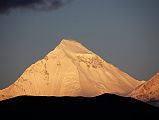

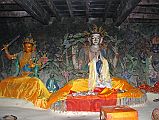
My Annapurna Youtube Videos
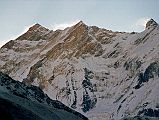


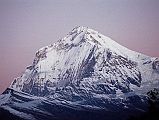
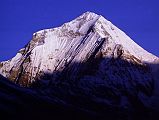
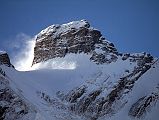
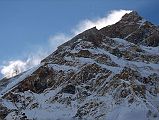
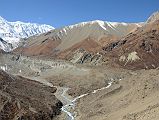
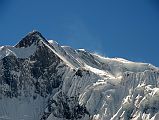
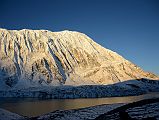

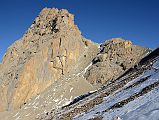
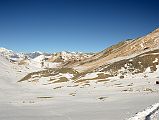

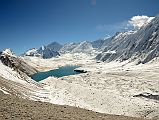
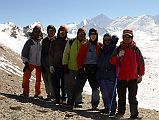

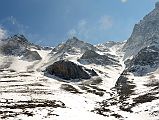


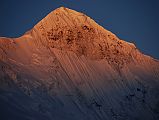
Updated: January 2014. Click on an image to see the FULL size with a caption.
What is the most popular mountaineering book of all time? Jon Krakauer's Into Thin Air? No. It's Maurice Herzog's Annapurna with over 15 million copies sold worldwide since it was first published in 1952. It has been translated into over 50 different languages.
Annapurna (8091m) is the tenth highest mountain in the world. The name supposedly means “Goddess of the Harvests.” Annapurna is thought of as a menacing peak with a deadly reputation. With an overall summit/fatality rate of 40%, many climbers leave Annapurna for last. Such was the case of Juan Oiarzabal, Alberto Inurrategi, and Ed Viesturs.
The major peaks on the Annapurna range are Annapurna I (8091m), Annapurna II (7937m), Annapurna III(7555m), Annapurna IV (7525m), Gangapurna (7455m), Annapurna South (7219m), and Machapuchare (6993m).
Chris Bonington describes the Annapurna Sanctuary in his 1970 book Annapurna South Face: "Lt.-Col. J. O. M. Roberts, an officer in the gurkhas and a very experienced mountaineer, was the first European to penetrate the Sanctuary, the huge glacier basin to the south of Annapurna. Its only exit is the Modi Khola, a narrow gorge leading down into the foothills and eventually to the plains of India. This is one of the most incredible glacier basins in the world. Its entrance is guarded on one side by the towering spire of Machapuchare, showing on its flank a sheer rock wall leading up to the summit, and on the other side by Hiunchuli, a 21,000-foot ice peak, still unclimbed. From its Christmas-cake summit a razor-edged ice ridge curls round the summit of Modi Peak [Annapurna South] (22,999 feet); from there the basin is contained by a fluted wall of ice, broken by steep rock buttresses, past the Fang and on to Annapurna, whose three huge buttresses, reminiscent of those of the north side of the Grandes Jorasses in the French Alps, dominate the basin. Beyond Annapurna I the wall becomes more broken, with a whole series of subsidiary ridges and peaks jutting into the sanctuary. There is Glacier Dome (23,191 feet), the squat triangle of Ganapurna (24,457 feet) and Annapurna III (24,787 feet), whence the eastern retaining wall of the Sanctuary curves down to embrace Machapuchare."
In the Annapurna area I have trekked from Dharapani to Manang, Jomsom to Muktinath and back to the Annapurna Sanctuary. I hired a small crew to guide me through the very wild and difficult trek to Annapurna North Base Camp.


In 1950, a French expedition led by Maurice Herzog wanted to try either Dhaulagiri ro Annapurna. Because the maps at the time were incorrect, the team initially floundered looking for a route to either Dhaulagiri or Annapurna. Deciding that Dhaulagiri was too difficult, they found their way to the North Face of Annapurna.
They quickly, and luckily, raced up the mountain. On June 3, 1950 Maurice Herzog and Louis Lachenal reached the summit of Annapurna without oxygen. The descent turned into a nightmare with Herzog losing his gloves and his hands become frostbitten and Lachenal's feet becoming frostbitten. Both barely make it back to camp. Lionel Terray and Gaston Rebuffat help them, but the weather turns into a white-out. They wander around helplessly before finding a crevasse to spend the night. They were caught in an avalanche. The medical treatment they received by the expedition doctor was unbelievable and almost primitive.
Herzog wrote the book Annapurna, which became the most widely-read and influential mountaineering book ever published. Annapurna was the first 8000m mountain to be climbed, with Herzog becoming a national hero.
The first ascent of the massive South Face of Annapurna was completed on May 27, 1970 by Dougal Haston and Don Whillans on a British expedition led by Chris Bonington. This climb was a breakthrough into a new dimension of Himalayan climbing on the great walls of the highest mountains in the world.
The all women 1978 American Woman's Himalayan Expedition to Annapurna I was led by Arlene Blum and featured their famous t-shirt slogan "A Woman’s Place Is on the Top”. On October 15, 1978 Vera Komarkova, Irene Beardsley, Chewang and Mingma made it to the summit of Annapurna. Happiness quickly turned to tragedy when the second summit team Vera Watson and Alison Chadwick died the next day, falling on their way to Camp V.
The first ascent of Annapurna by the 7.5 km long East Ridge was completed on October 24, 1984 by Swiss climbers Norbert Joos and Erhard Loretan. They descended from the summit by the historic route on the Annapurna North Face.
The first ascent of the Annapurna Northwest Face was completed on April 24, 1985 by Reinhold Messner and Hans Kammerlander.
The first ascent of Annapurna in winter was completed on February 3, 1987 by Polish climbers Jerzy Kukuczka and Artur Hajzer.